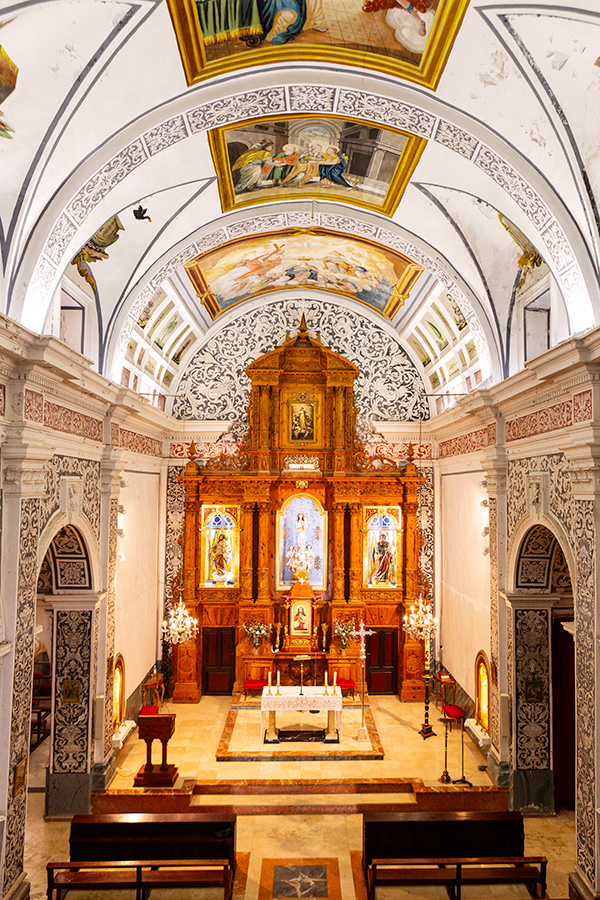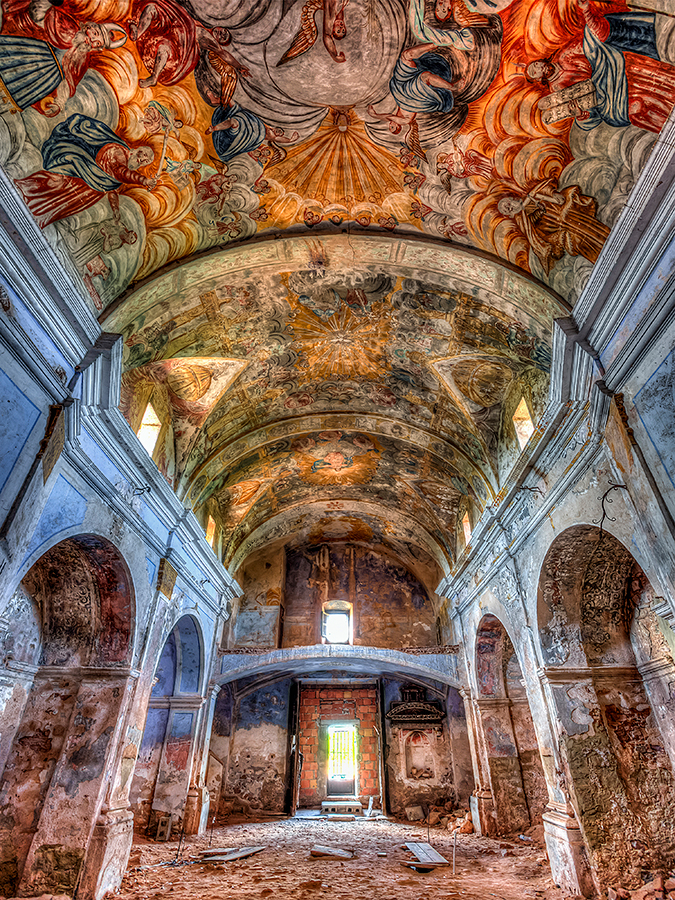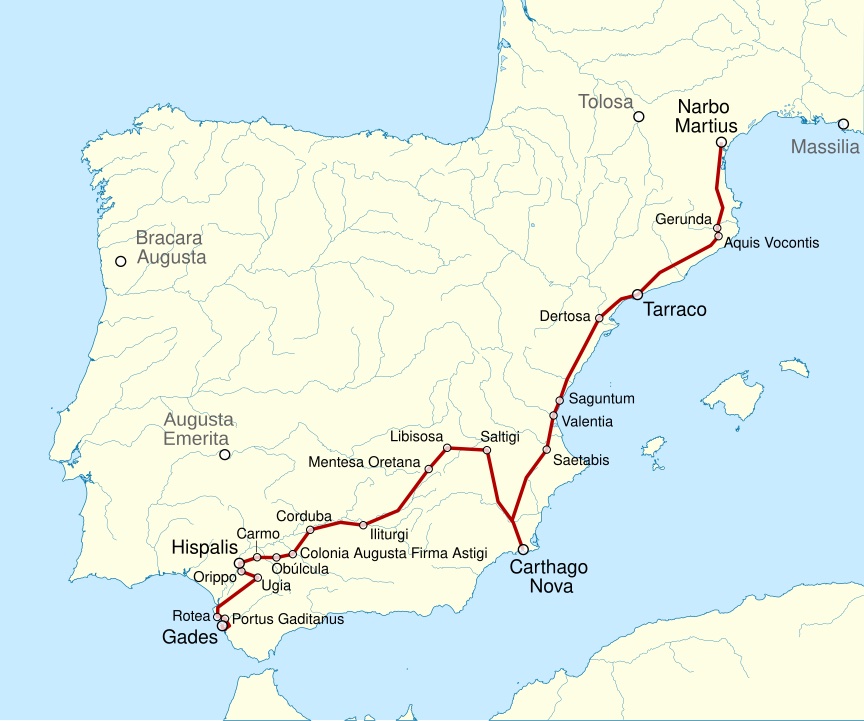The historic center of Benavites, located in the heart of the municipality, is a historical gem that transports visitors to past eras. This urban ensemble preserves the essence of a typical Valencian village, with narrow, cobbled streets, traditional houses, and corners full of charm.
During local festivities, such as the Fallas or Patron Saint Festivals, these streets come alive with processions, music, and cultural activities.
Visiting the historic center of Benavites is an experience that combines history, culture, and authenticity. It is a place where time seems to stand still, offering visitors a unique view of Valencian tradition in its purest form.

Declared a national historical-artistic monument in 1981, the Tower of Benavites is the most emblematic building of the Vall de Segó. Its origin is uncertain, but it is believed to be an ancient Muslim watchtower, strategically located between Almenara and Sagunto for defensive and communication purposes.
After the Christian conquest by James I around 1238, it is likely that modifications were made to adapt it to the needs of the new feudal lords, as happened with other towers such as those in Bétera or Paterna. However, the current architectural elements suggest a reconstruction from the late 15th or early 16th century, from the Renaissance period.
The tower is notable for its Manises ceramic flooring, probably from the 15th century, and the Hebrew inscriptions on tombstones, sourced from the Jewish cemetery of Morvedre, which were reused after the expulsion of the Jews in 1492. Additionally, the plaster craftsmanship and the machicolation show Italian Renaissance influences, particularly Tuscan. The tower also suggests the existence of a medieval wall that enclosed the village of Benavites.
Information about The Tower of Benavites
It is a historic public washhouse located in the municipality of Benavites, in the Comunidad Valenciana. Built in the 19th century, this space was used by the women of the town to wash clothes, being an essential place in daily life at the time.
The washhouse is designed with a stone structure and has channels through which water flows, coming from a nearby natural spring. This system ensured a constant supply of clean water, facilitating the domestic tasks of the community. In addition to its practical function, the washhouse was a social gathering point, where women shared conversations and strengthened community bonds while carrying out their work.
Over time and with modernization, the use of the Llavaner de Benavites declined, but it remains a symbol of the cultural heritage and local history. Today, it is a place that faithfully reflects the daily life of past generations and serves as a tourist point of interest for those who wish to learn more about the town's traditions. The preservation of this space demonstrates Benavites' commitment to preserving its historical legacy.

Located in the heart of Benavites, it is a temple with a rich history that reflects the faith and tradition of the municipality. Built in the 18th century, this church stands out for its simple yet elegant architecture, typical of rural parishes in the Comunidad Valenciana.
The temple was dedicated to the Virgen de los Ángeles, the patron saint of the town. Inside, there are several pieces of sacred art, including a carefully decorated main altar and an image of the Virgin that presides over religious celebrations. The church is a central place for local festivities, such as the Patron Saint Festivals and other important liturgical celebrations.
Over the years, the building has been restored on several occasions to preserve its structure and maintain its relevance as a gathering place for the community. The Church of Nuestra Señora de los Ángeles is not only a place of worship but also a symbol of identity and devotion for the people of Benavites.

The Molí de l'Àrab is one of the most representative elements of the hydraulic heritage of Benavites, linked to the agricultural and cultural history of the municipality. This ancient mill, probably of Arab origin, reflects the importance of water in the daily and economic life of the region for centuries.
The mill was built during the Muslim period, when agriculture and hydraulic systems were essential for the development of settlements like Benavites. Its design takes advantage of the waters of the Palancia River and the surrounding irrigation canals, using the power of water to grind cereals and other agricultural products.

The Marjal of Benavites is a wetland of great ecological, cultural, and historical value, located in the Valencian Community, and is part of the Mediterranean marshland system.
Historically used for rice cultivation and as a water source, it combines human activity and the natural environment, marking its importance across generations. It is a refuge for flora and fauna, including protected species and migratory birds, ideal for nature observation.
Today, it remains a protected area, perfect for hiking, photography, and the conservation of a unique ecosystem.

Located in the district of Benicalaf, it is a small but significant temple that forms part of the historical and cultural heritage of the Valencian Community. Built in the 17th century, the church is dedicated to St. James the Apostle, serving as a spiritual reference for the local inhabitants.
This religious building, simple and austere in style, is a typical example of Valencian rural churches. Despite its modest size, it stands out for its historical value, having witnessed the life and traditions of the local community over the centuries. Its interior houses a main altar decorated with traditional elements, as well as religious images of great importance to popular devotion.
Over the years, the church has undergone various restorations to preserve its structure and maintain its function as a cultural and functional space. Today, the Church of Benicalaf is an emblematic place that combines history, faith, and community, playing a leading role in local festivities and religious events.
Although Benicalaf is now an uninhabited district, the church remains as a symbol of the area's history, representing a legacy that connects the past with the present and continues to attract visitors interested in discovering its history and architectural beauty.
